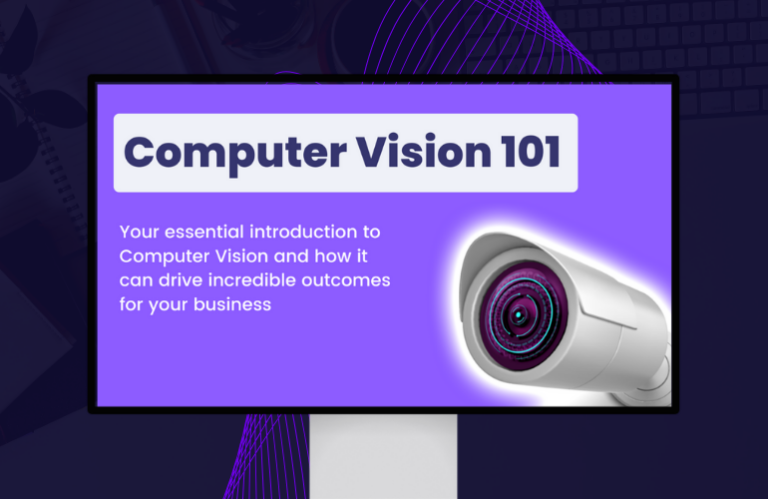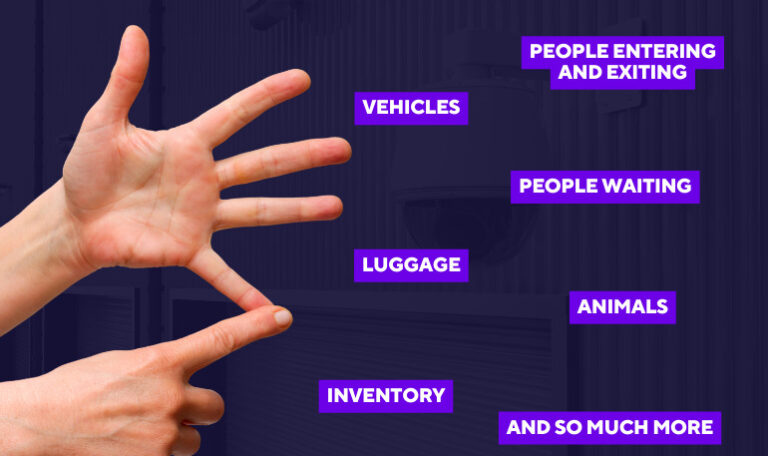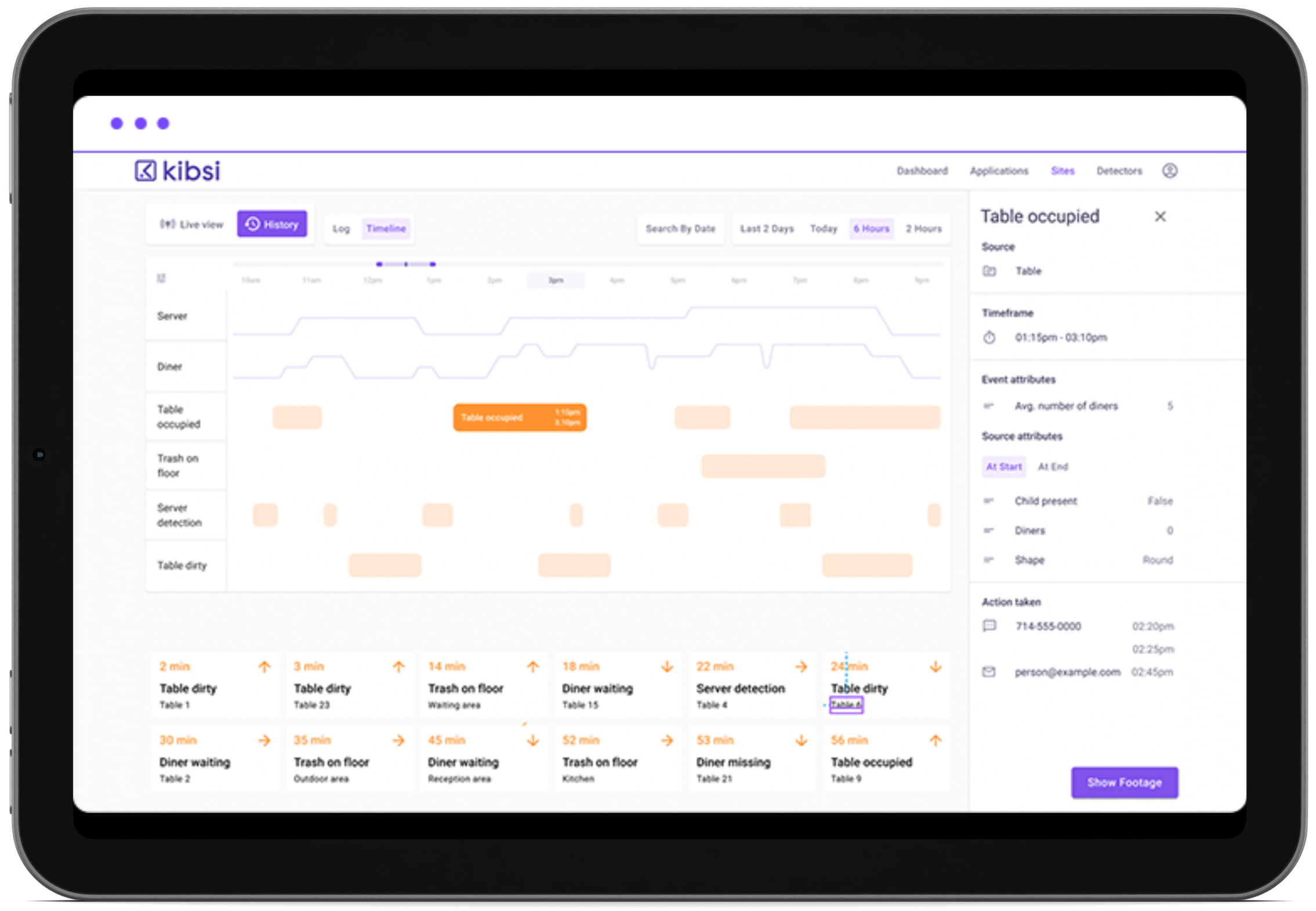Computer Vision 101 – An Introduction for the Rest of Us
Computer vision is a rapidly growing field that has the potential to revolutionize businesses in many ways. But with so many terms and competing explanations, it can be difficult to understand at first. This is where our new ebook, Computer Vision 101, comes in!
This guide provides a comprehensive introduction to computer vision, explaining what it is, how it works, and what you need to know to leverage its potential. Whether you’re a business leader, a tech enthusiast, or just curious about this exciting technology, our ebook is the perfect starting point.
What is Computer Vision (CV)?
Computer vision is a branch of artificial intelligence that teaches computers to interpret and understand digital images. Essentially, it involves giving computers the ability to process and analyze visual information just like a human would. From recognizing faces in a video to detecting obstacles on the road for autonomous cars, the possibilities are endless.
But what exactly happens when computers are “looking” at images and videos? How does it work?
Computer Vision: How it Works
Computer vision relies on machine learning, a type of artificial intelligence that allows computers to learn from data. The more images and videos fed into a computer vision system, the better it becomes at understanding things. Through algorithms, computers can analyze and contextualize images, detecting objects, faces, and even emotions.
When the computer sees an image, it has to decide if it looks like an object that it already knows. The results aren’t always obvious, so the computer estimates the probability for all the possibilities and responds with the most likely object. If a CV solution doesn’t correctly identify an object, it’s usually because it hasn’t been sufficiently trained.
For example, imagine a manufacturing line where it’s essential that components are correctly spaced and linked up. Computer vision could be used to review each component as it comes down the line and confirm spacing and position. However, for it to work effectively, the computer would have to learn what the object is and what the correct position is. By loading up image examples from the correct camera angle and through machine learning, the computer can monitor the production line 24×7 and notify you of any issues.
Discover the Possibilities with Computer Vision 101
Our ebook, Computer Vision 101, covers all of this and much more, providing a comprehensive introduction to computer vision. Whether you’re just starting to explore this exciting technology or looking to deepen your understanding, our ebook has everything you need to know. Download it now to learn more!







